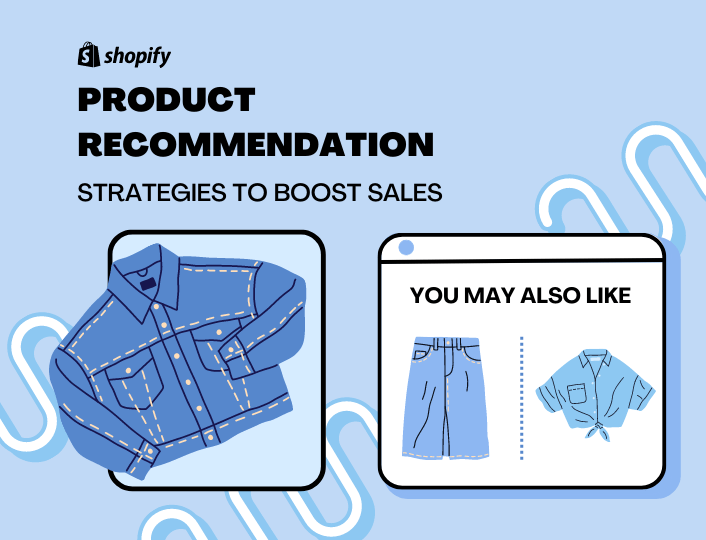Over the years, dropshipping has emerged as a popular business model in the world of e-commerce, becoming a billion-dollar industry in that time.
The global dropshipping market, studies report, was valued at $243.42 billion in 2023 and is expected to reach $476 billion by 2026.
These are exciting figures. As a newbie ready to cut a piece of the pie, or a mid-stage entrepreneur eager to spread wings, you should know the risks and benefits of dropshipping in 2024 before taking a swing at it.
That’s why we’ve written this article for you. Read on to discover more.
Benefits of Dropshipping
While dropshipping comes with its unique challenges, it also offers undeniable benefits. Here are 6 reasons why you should give dropshipping a try this year.
1. Little or no Startup Cost
Unlike other sectors of e-commerce, dropshipping requires minimal capital to get started.
This venture allows you to start an online business with limited funds. You don’t need to worry about purchasing stocks, getting packaging materials, setting up a shipping process, or renting a physical store.
Since dropshipping cuts out the bulk of these requirements, it makes it the perfect business for anyone looking to start an ecommerce business with limited capital.
2. Flexibility in Business Management
You can manage a dropshipping business with ease and from anywhere in the world.
A simple e-commerce website might be all you need to get started. This is followed by keeping up with the ever-changing trends in e-commerce and implementing new ideas to keep your business going.
And because you don’t stock up on products as retailers do, you can switch up your product offerings at any time to give your customers exactly what they want.
3. Ability to offer a wide range of products
Physical stores will always limit the quantity and variety of products you can offer at a time due to tight storage spaces. Dropshipping eliminates these constraints and gives you access to a ton of products.
It lets you partner with as many suppliers as you need to cater to various categories of customers.
If you are looking for the best place to find products to dropship, here is a list of dropshipping sources you can check out.
4. Scalability
Considering the level of flexibility involved in managing a dropshipping business, growing it into something bigger becomes much easier. Basically, you are outsourcing the workload to your suppliers while you sit back to monitor the progress.
With this, if you ever have an influx of orders, you can process them all within a short period and not burn out. This scalability ensures that businesses can grow or pivot swiftly without the constraints of managing physical inventory.
5. Time-saving
Another benefit of dropshipping is how much time it saves when getting started. Typically, establishing other types of e-commerce businesses is quite time-consuming. You will need to rent a storage space, source products, handle inventory from packaging to shipping, and everything in between.
However, with dropshipping, a third party handles all the processes involved in getting a product order down to the consumer. That way, you can channel your time into other profitable ventures or focus on learning your customers’ needs.
6. Lower risk of getting stuck with outdated products
One of the biggest fears for traditional retailers is the risk of inventory becoming obsolete. Dropshipping removes this nightmare.
Since you don’t hold any physical inventory, you’re not stuck with unsold products if trends change or your marketing efforts fall short.
This will significantly reduce your financial risk, allowing you to adapt quickly to changing market demands without incurring significant losses.
Risks of Dropshipping
You’re now thinking, if dropshipping is so rosy, why isn’t everyone doing it? Two reasons: one, it’s not all rosy, and two, even if it were, not everyone would do it.
As with any other business form, there are downsides to listing items on a landing page, persuading customers to purchase, taking your list of orders to a supplier who then ships them to your customers’ locations. Even this description suggests that there are risks involved.
Some of them include:
1. Saturated Market
The popularity of dropshipping and the ease of entry have led to the market becoming saturated. With the influx of dropshippers, standing out as a business becomes more difficult while the customer base keeps thinning out.
The fierceness of the market not only reduces the available customer base but also drives up your CPC (CPC) and affects visibility placement. This makes it a major risk of dropshipping in 2024.
For newbies, this challenge may pose a hindrance to breaking into the field. Without a unique value proposition or effective marketing strategy, dropshipping businesses may struggle to attract and retain customers.
To beat this, channel your focus on devising strategies and propositions that will set you aside from the crowd. We have put together a guide to show you the ropes of how to succeed in dropshipping.
2. Low Profit Margin
With an increase in market saturation and fewer customers, a price war is inevitable. As more businesses vie for the same customers, some sellers may resort to reducing their product prices, leading to a decrease in the profit margin.
This may not be a problem if it were only a few vendors cutting back on their profit margin. But, with a large number of sellers doing the same, it takes a toll on the overall profit margin for dropshipped products.
Unfortunately, these are not the only factors affecting the product margin. We mentioned earlier how market saturation increases your CPC. Well, if you have to spend more on marketing while selling at a lesser price, that spells “loss” already.
3. Difficulty Finding Reliable Suppliers
Another risk of dropshipping is ending up with an unreliable supplier or manufacturer.
The supplier you work with can make or mar your business. An unreliable supplier can prolong your delivery timeframe, deliver poorly made products, render haphazard packaging which could cause the product to get damaged while in transit, or not deliver at all.
These factors put together will leave you with disgruntled customers who may never patronize your business again.
This is why it is crucial to carefully vet suppliers before partnering with them. That way, you can prevent or minimize the occurrence of such distasteful events. Check out this guide to learn how to find the right manufacturer or supplier.
4. Slow Shipping Time
Shipping time is a major concern when it comes to dropshipping. You may get everything else right. However, if your delivery takes too long some customers may be reluctant to shop from you.
This is why you must find out from your suppliers how long shipping to a specific location will take. Then decide if the timeframe is reasonable and worth the wait.
Ensure that you communicate these timeframes with your customers and set up order tracking to reduce complaints.
5. Quality Control
Since you don’t physically handle the products, ensuring quality control can be a challenge. This is because you’re relying on your supplier’s standards, which might not always align with your expectations (or customers’ demands).
This is the leading cause of customers getting items different from what was advertised. To efficiently manage quality control, you need to implement measures that ensure quality is not compromised.
Consider requesting sample orders, running quality control checks, and communicating with suppliers.
Remember, a single low-quality product can damage your brand reputation and erode customer trust. You certainly do not want that.
6. Managing Customer Services
Managing customer service in dropshipping can be challenging, especially when you have to deal with issues such as delayed shipments, product defects, or returns.
Dropshipping also means that shipping may take longer delivery time compared to shopping from regular e-commerce retailers.
This is a result of the fact that you don’t have the product at hand and will need to communicate with your supplier before they initiate the delivery process.
Therefore, setting clear expectations upfront and communicating shipping timelines becomes paramount.
Also, be prepared to answer unending customer inquiries about delays, refunds, failed transactions, etc., and offer the right solutions.
Tips on How to Break Even in Dropshopper
While dropshipping comes with its set of challenges, excelling in it lies between capitalizing on its benefits and mitigating the risks. Here are some tips that can help you succeed as a dropshipper;
- Find reliable suppliers or manufacturers and establish a solid relationship with them. That way you have the assurance that your customers will get the best service.
- Stay up to date with market trends and implement your discoveries.
- Set up an effective quality control. This will ensure that shoppers always get value for their money, encouraging them to become loyal customers.
- Focus on offering fast shipping. Shoppers want to get their orders as fast as possible. Making this happen puts you at an advantage.
Is Dropshipping Worth in 2024?
The long and short answer is yes. While dropshipping has become more competitive, understanding the risks and benefits of dropshipping can help navigate the waters of this business model and make significant progress.
Ready to take your dropshipping game to the next level? Explore how Adoric helps merchants convert store traffic to loyal customers.




